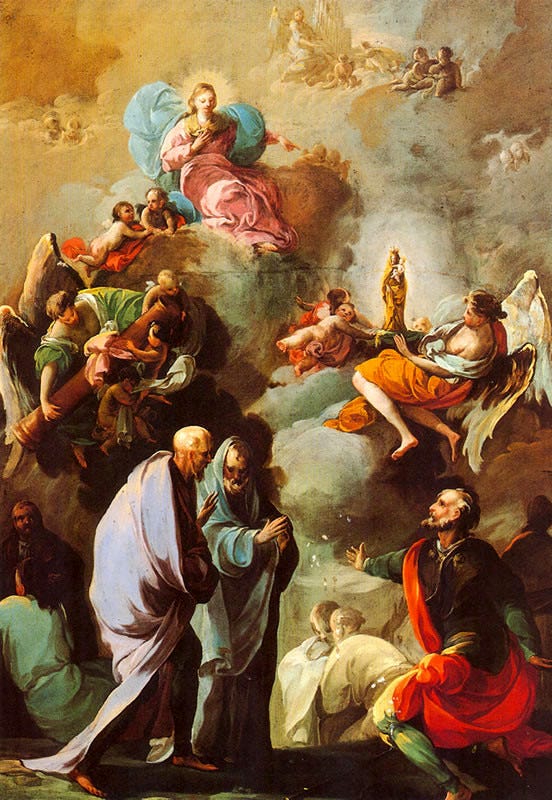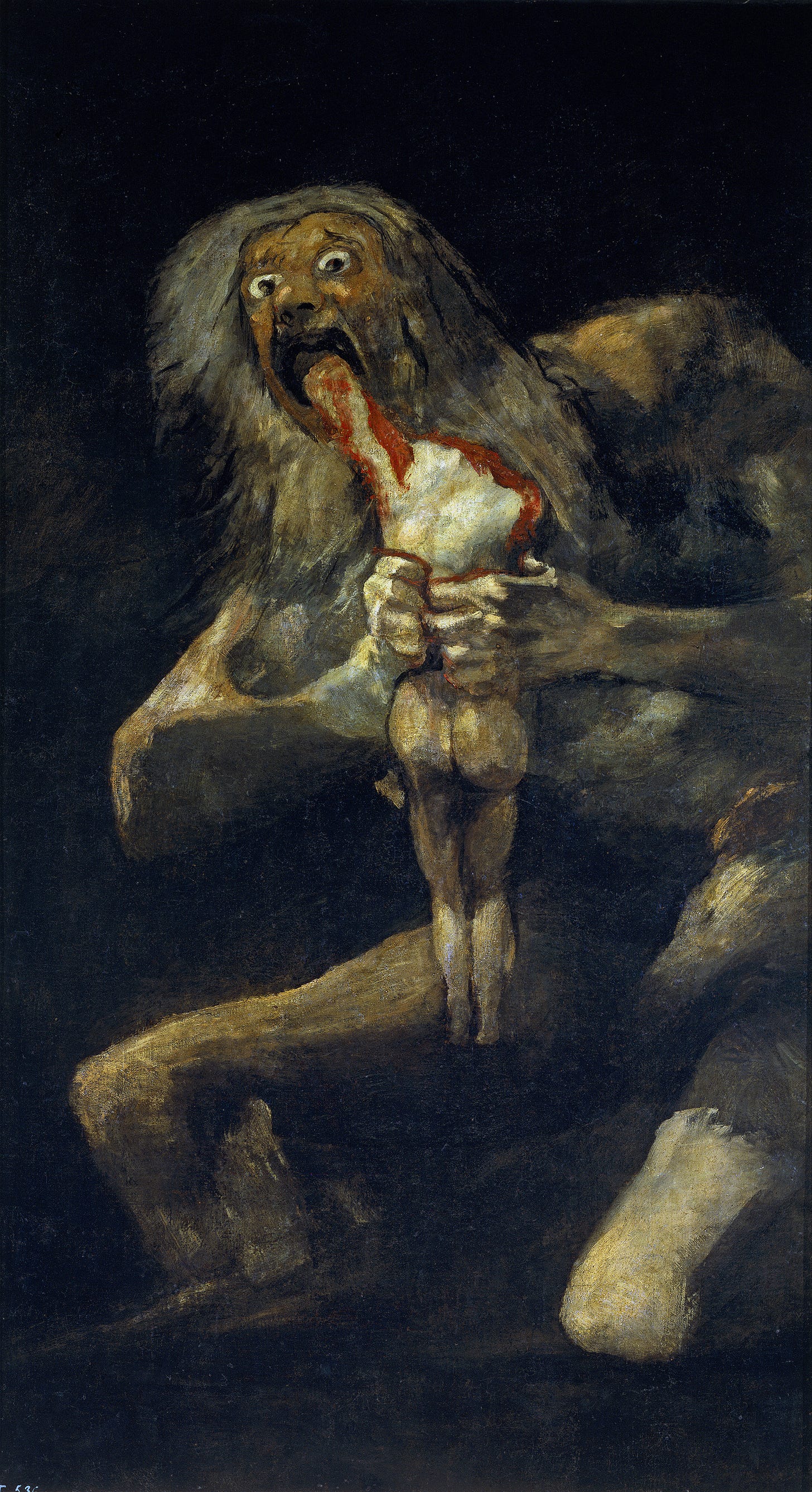“But what we call our despair is often only the painful eagerness of unfed hope.”
- George Eliot, Middlemarch
In the early spring of 1746, the legendary Francisco de Goya was born. Widely considered to be the greatest Spanish artist of the era, the outstanding quality of his body of work is only matched by its impressive size, comprised of over 700 paintings, 280 prints, and thousands of drawings. His earlier compositions, primarily portraits and genre scenes, expertly wrap subjects in vibrant hues and ethereal clouds. Spanning decades, Goya crafted masterpieces for churches, banks, royalty, and private collections. His contributions would ultimately change the trajectory of the art world, and his influence will extend far beyond our reflection today. But the revolutionary thoughts born in the 18th century didn’t just give way to revolutionary art. They, as they often do, led to actual, violent revolutions.
Not long after the American colonies successfully levied their rebellion against the British, France embraced the guillotine, ultimately leaving both King Louis XVI and Marie-Antoinette several inches shorter.
It was in that monarchical void that Napoleon rose to full power.
Peace became inconceivable. Constant disputes following the French Revolution led to major conflicts between France and surrounding Europe. Starting in 1803, Napoleon unleashed numerous military campaigns designed to weaken the surrounding countries and extend his influence, including the forced abdication of the King of Spain, Ferdinand VII, and his swift replacement with Napoleon’s brother. Subsequent uprisings led to the brutal massacre of thousands of Spanish civilians and the destruction of countless towns and villages. This all, tragically, overlapped the Spanish American wars of independence.
The atrocities leeched away any warm feelings Goya had for humanity, and paired with a mysterious illness that left him without hearing, his worldview progressively grew dimmer. So did his work. Fearing the uncertain futures of his country and his own health alike, Goya relocated to a remote estate, Quinta del Sordo, or Villa of the Deaf One, on the outskirts of Madrid.1
But overwhelming dread awarded him a descent into madness.
Over four years, he covered the plaster walls of his dwelling with new, darker works. None were named. None were meant to be viewed by anyone other than their creator. Only after Goya's death in 1828 was the series cataloged and carefully removed from the walls and applied to canvas.
The 14 pieces, dubbed the 'Black Paintings,' are a glimpse into a man in his most vulnerable state. They share zero resemblance to Goya’s earlier works. They are, succinctly, a perverted preservation of pain.
With full context, the pieces evolve toward haunting.
Goya's fate isn't just an uncomfortable reminder of how fragile we are. It highlights the darkness of isolation. His life—the best and worst of his time on earth—immortalized through his works, also exemplifies the fact that you can not measure (or anticipate) the impact you could have. Here we are, nearly 200 years after his death, with Goya’s influence still echoing.
I often wonder, how would the world look if the walls of Quinta del Sordo were never preserved? Since a butterfly effect requires both a butterfly and a starting motion, it’s likely that an incalculable number of influenced works would remain forever hidden, uncreated; relegated to an eternity of waiting for a gust that will never come.
How many other inspiring breezes never touch our world because creative works are willfully withheld and never shared? Certainly too many, as we live in a time that offers endless ways to give in to the allure of isolation, both physically and mentally—a sick irony since so many of the same enabling technologies also make it easier than ever to create, connect, and share with others.
I started Invariant merely as a personal exercise to further stretch my creative muscle. Looking at the world through the lens of finance can be confusing, and as someone who has a long history of haphazard notetaking, I knew the process could lend clarity by forcing me to fill in the gaps in my own thinking. At the very least, it would be a personal protest against having my ideas sitting idly in seclusion. But I didn’t expect anyone to see my writing, let alone read it.
This was a clear underestimation on my part.
In just a few short months, Invariant has been viewed tens of thousands of times, gained over 1000 subscribers, and if the recent acceleration in growing interest is any indication, this is just the start. Additionally, I’ve been fortunate enough to connect with analysts, fund managers, other private investors, and even a retired executive from one of the companies I’ve covered. The conversations I’ve had with them all have been an absolute joy.
Even more encouraging have been the several people who’ve reached out to say that after reading my work, they too would begin to write and share their thoughts. Cascading inspiration? I hope so. Today’s world has a surplus of hastily formed opinions and a severe shortage of honest reflection. If Invariant helps counter that imbalance, even if only a little, it will be a success.
In future writings, I’ll be experimenting more with style and subject while following my curiosity, which will naturally lead to occasionally pathing away from finance, like with this piece. Regardless, I’ll always aim for it to be valuable. Thank you for reading this piece, and if it resonated with you, I’d appreciate you sharing it. You can help grow the cascade.
A peculiar fact: The estate’s name Quinta del Sordo is not attributed to Goya’s residence but rather to the previous owner, who was also Deaf.






Devin - love this note (very reflexive!) and am looking forward to reading your new pieces! I’m sure these more ‘experimental’ notes are worth our time! Thanks bud.
Excited for the journey!